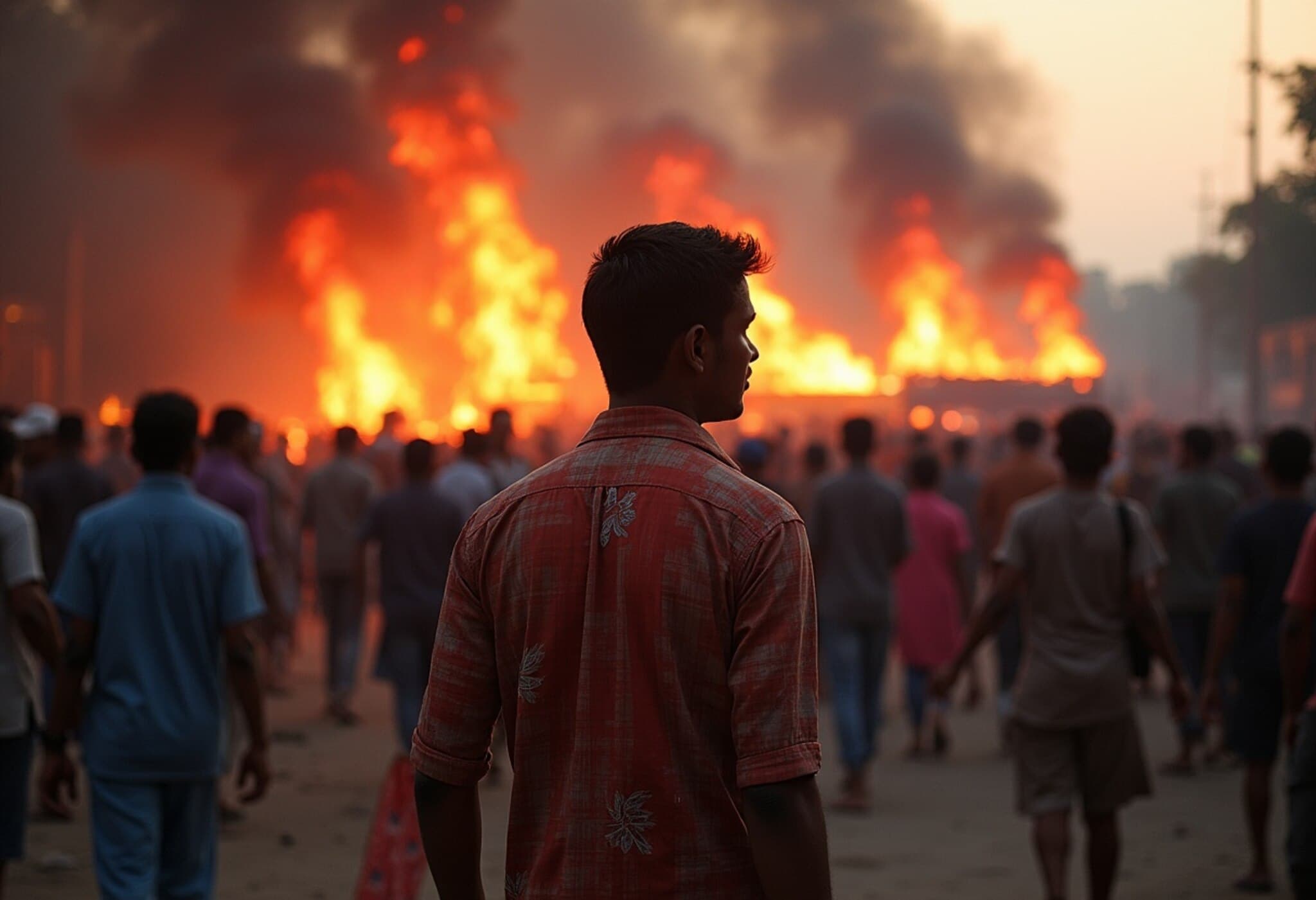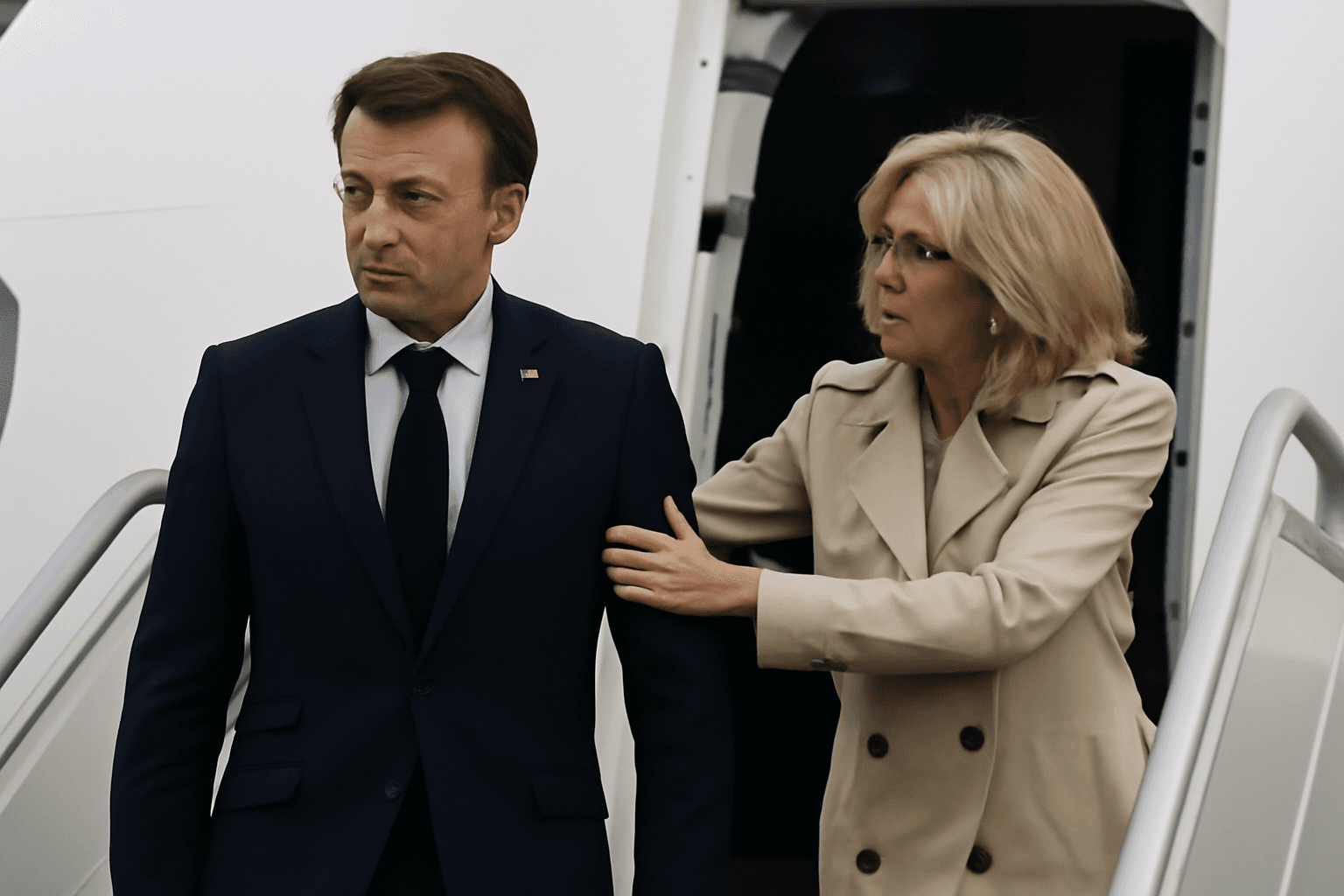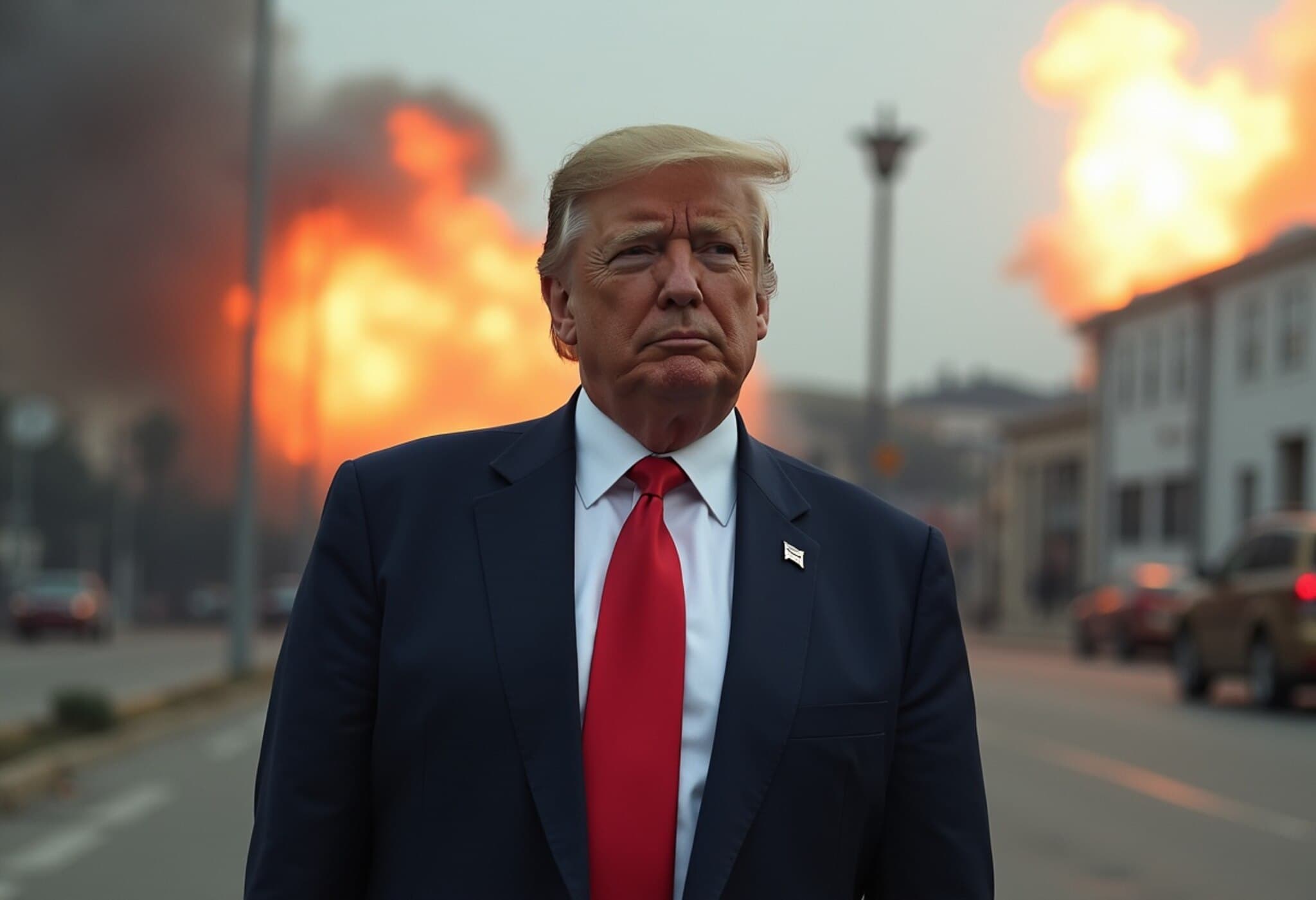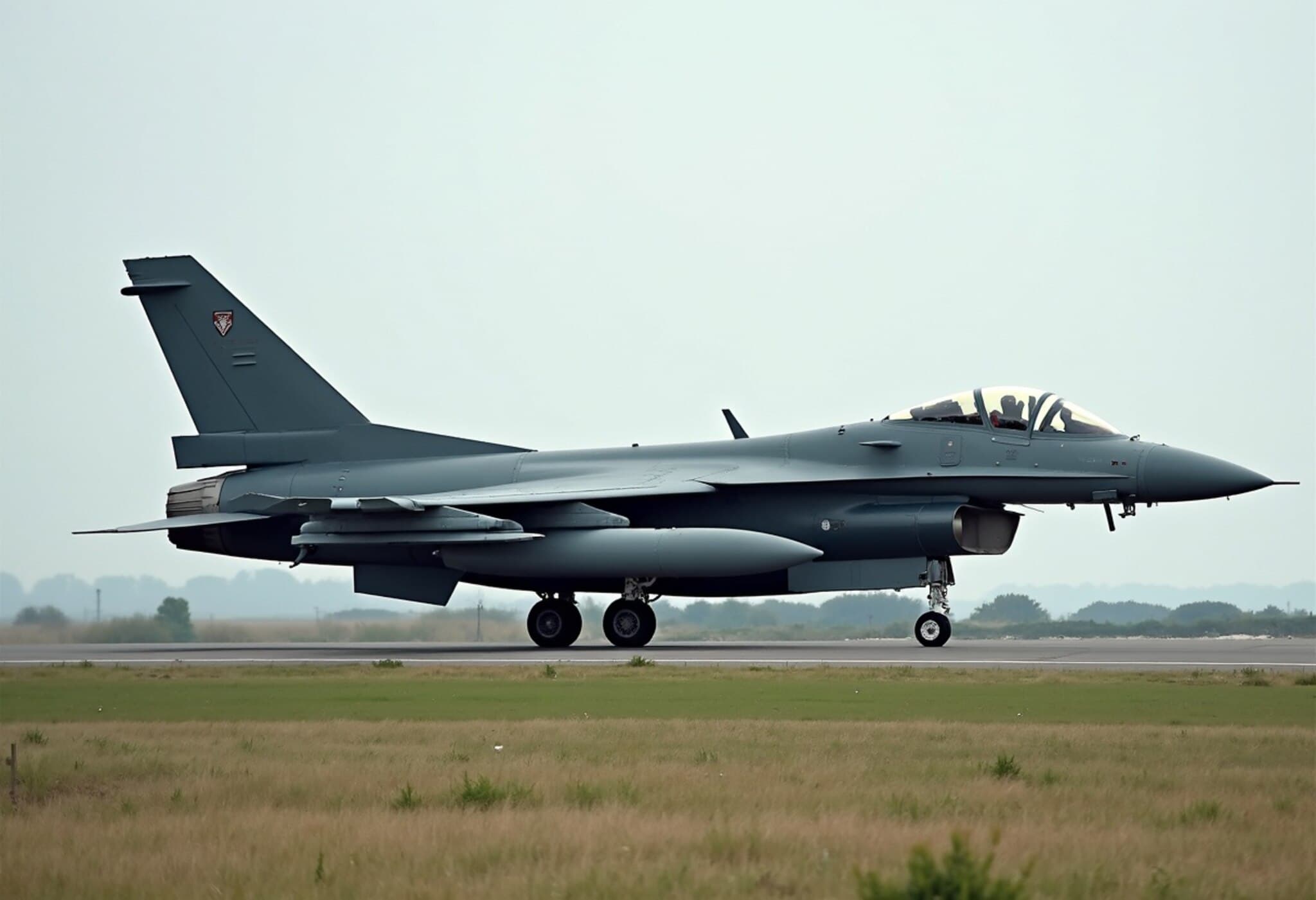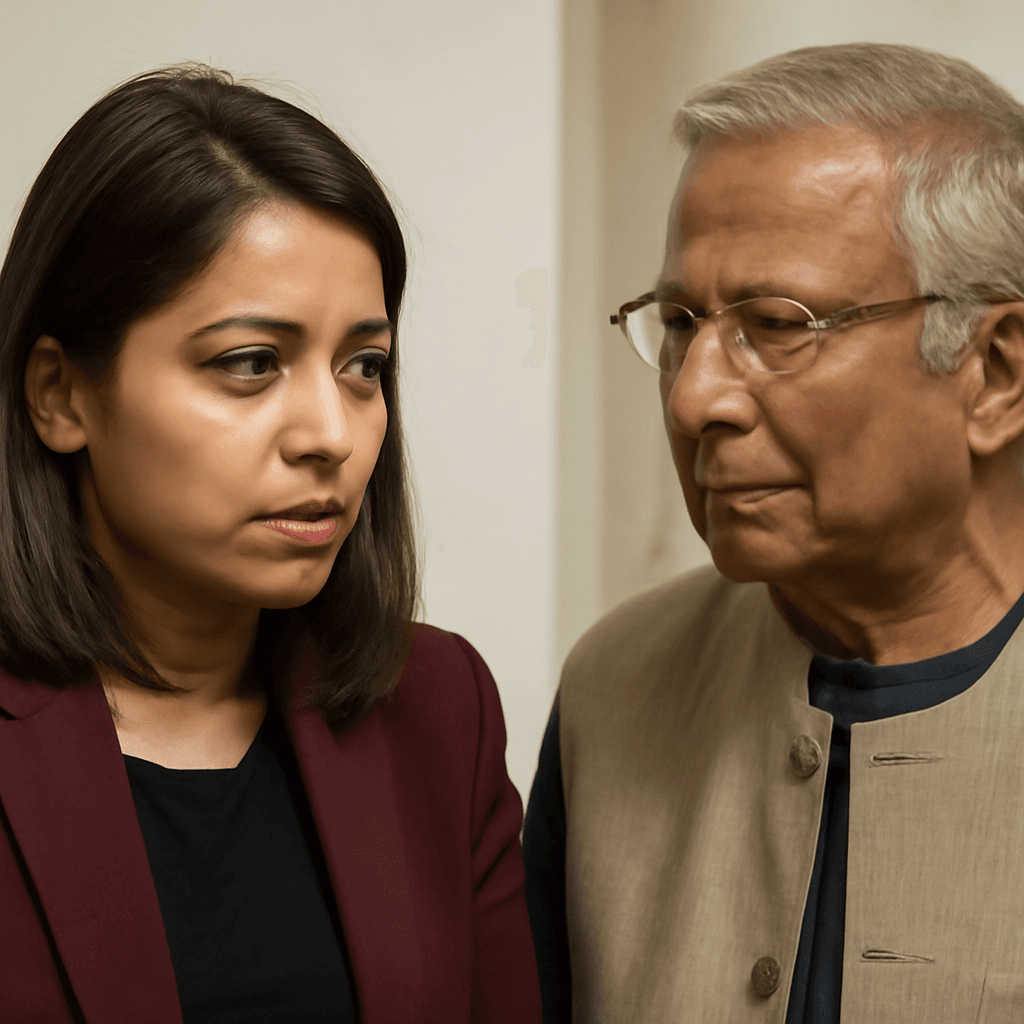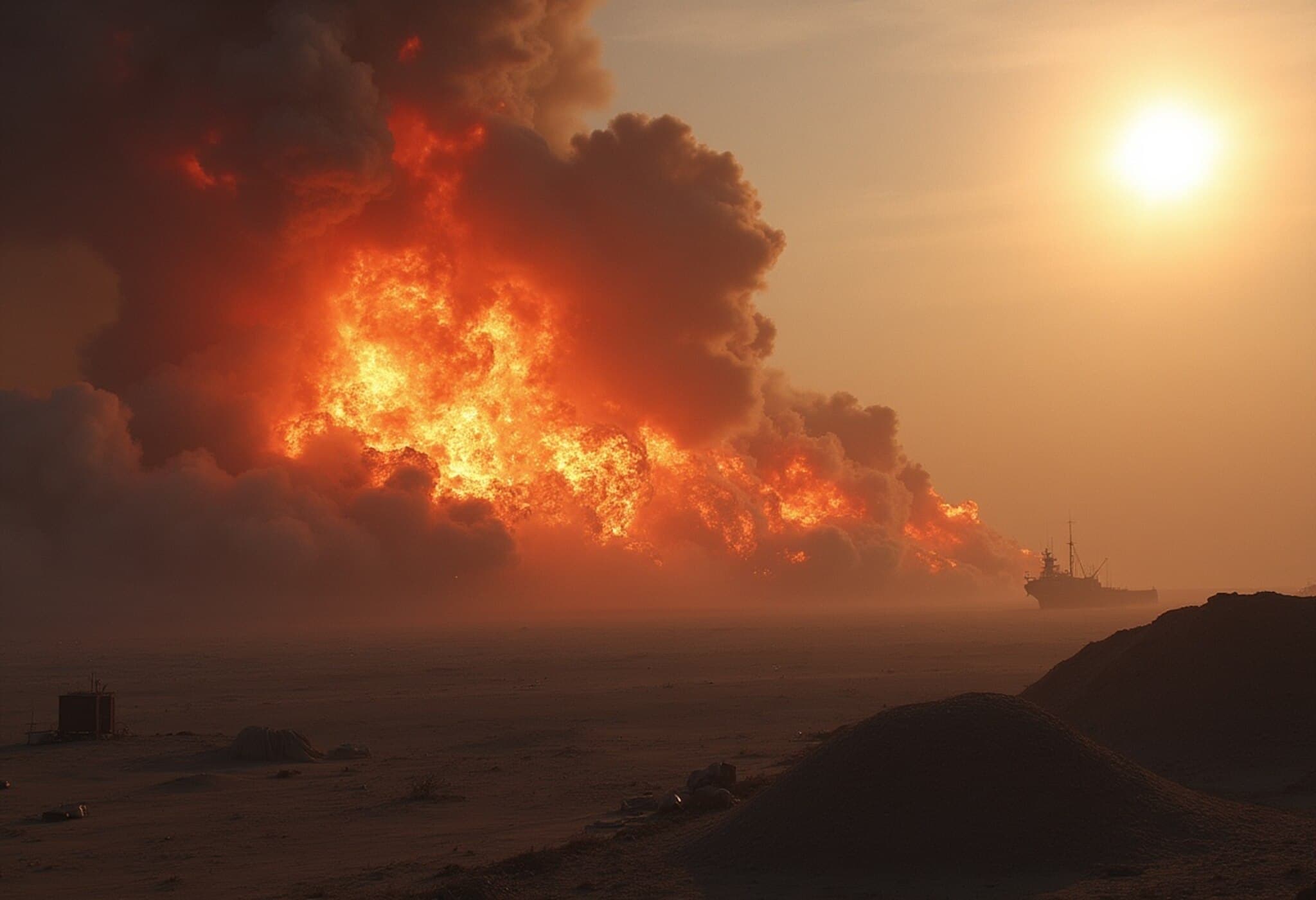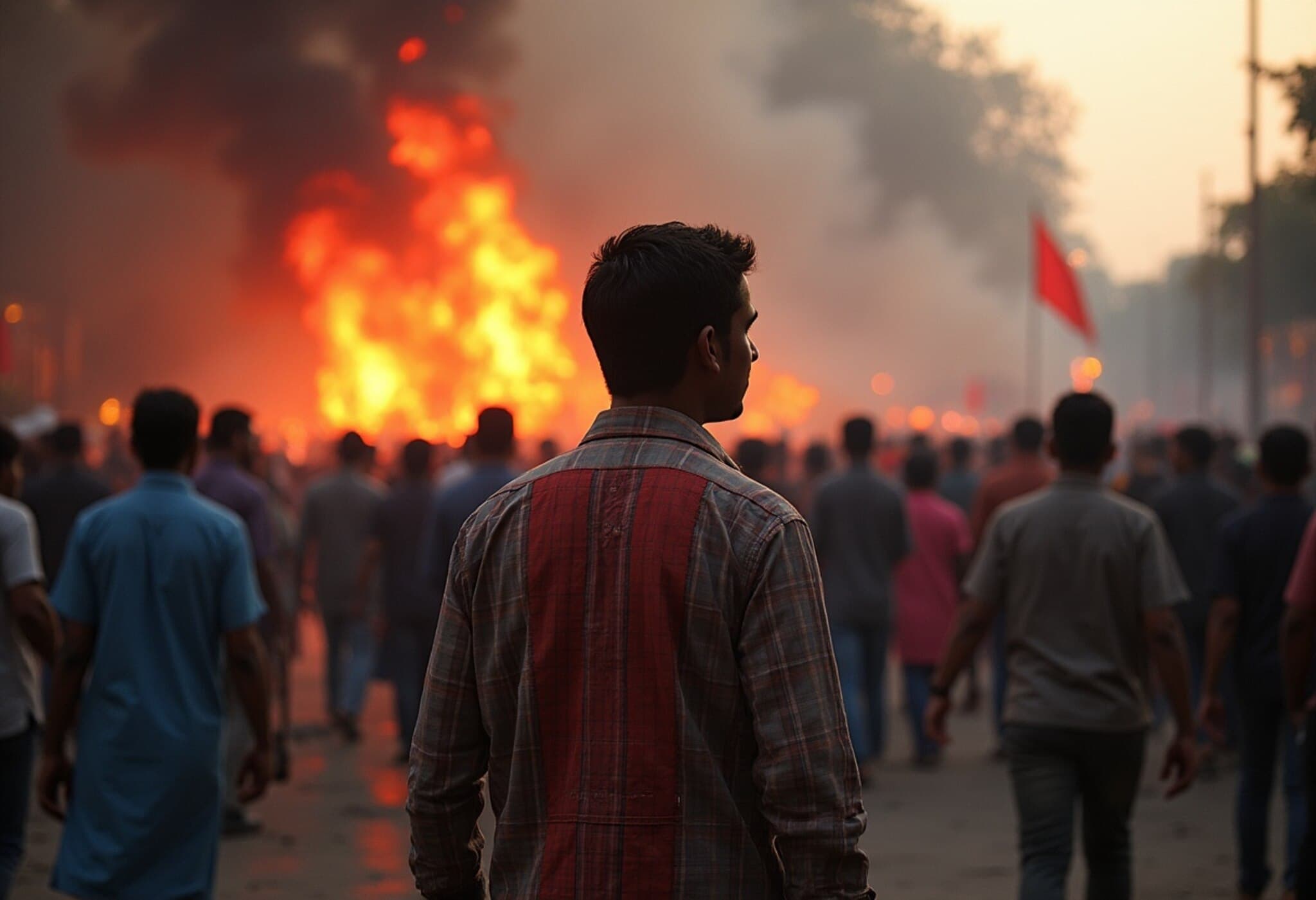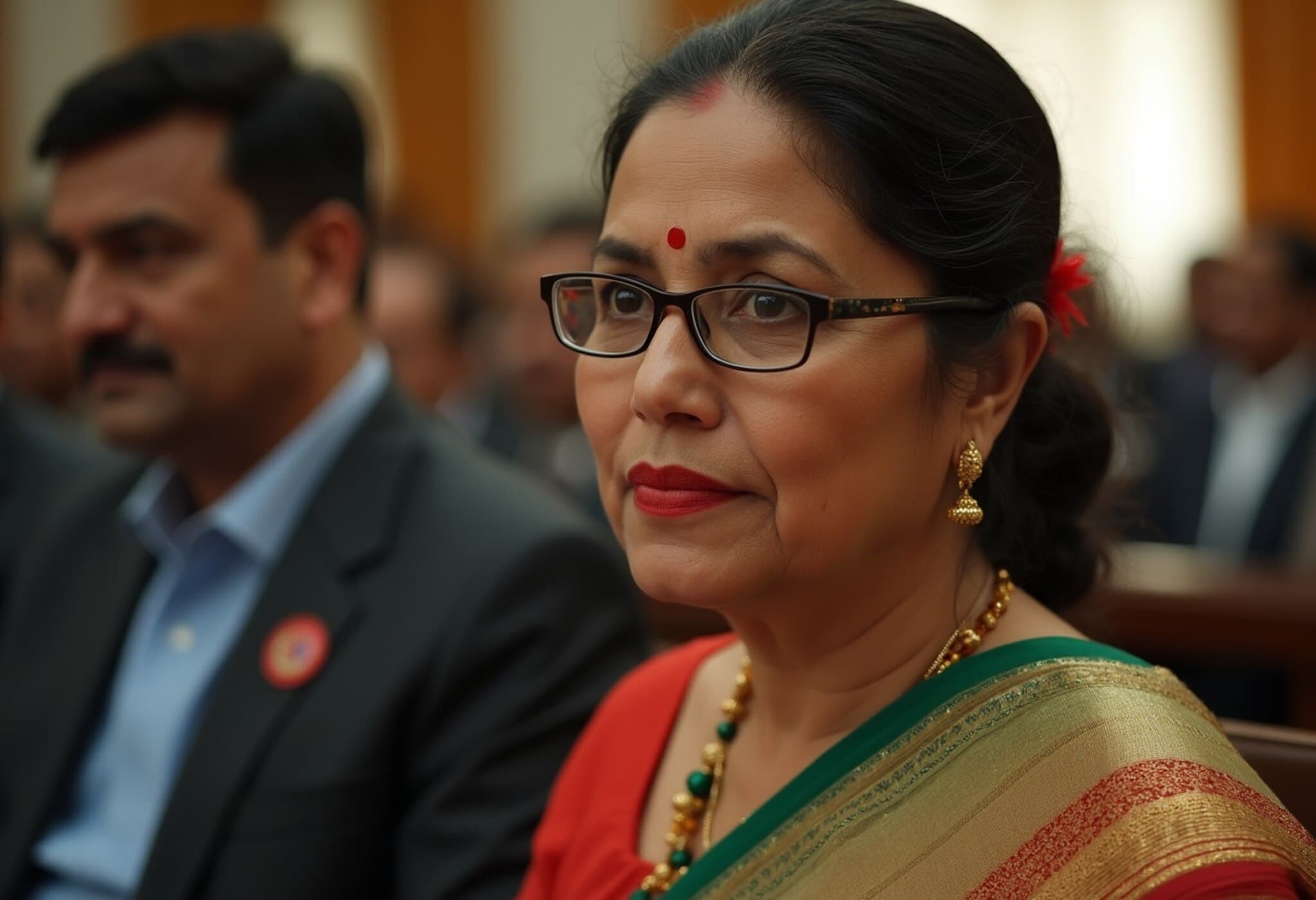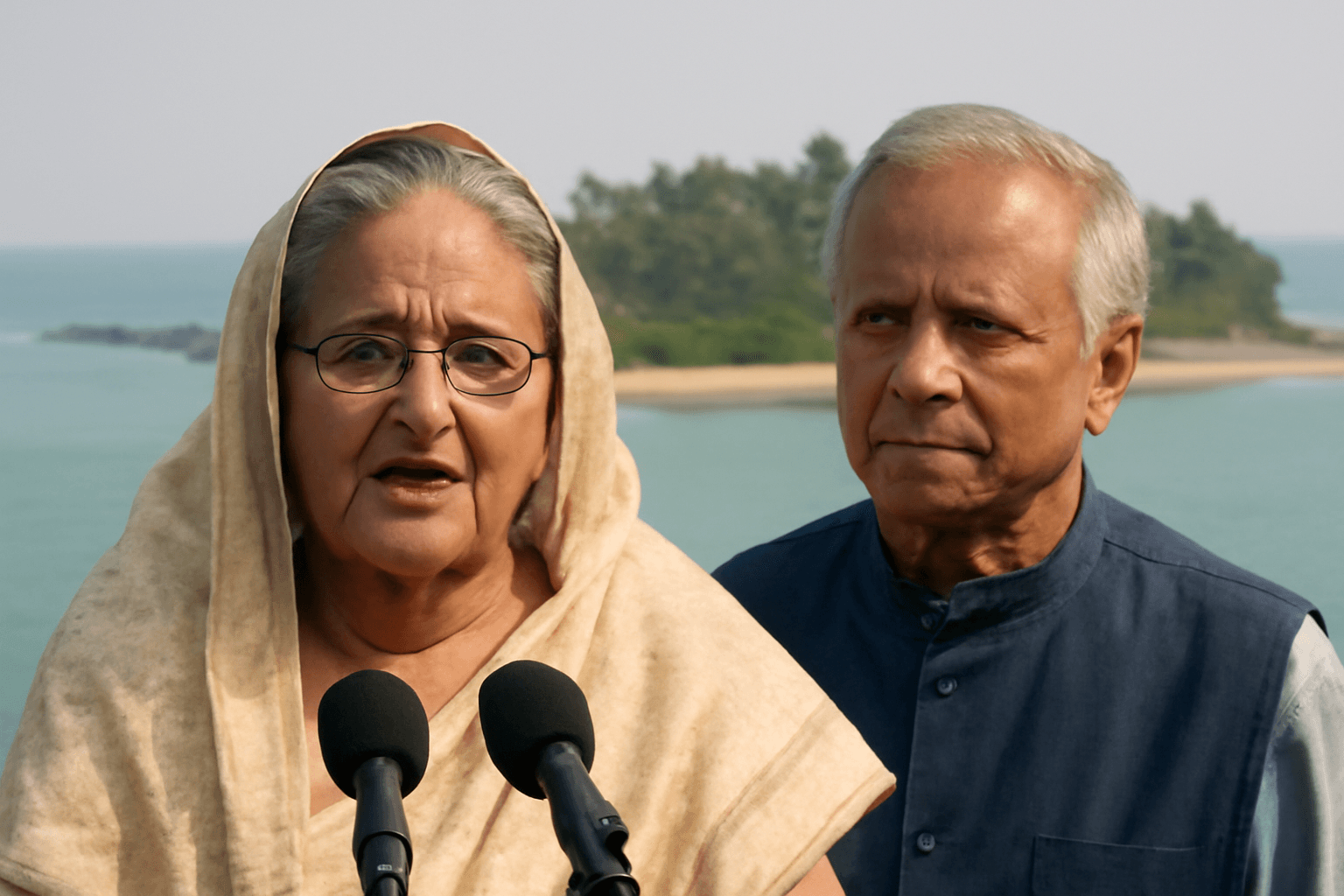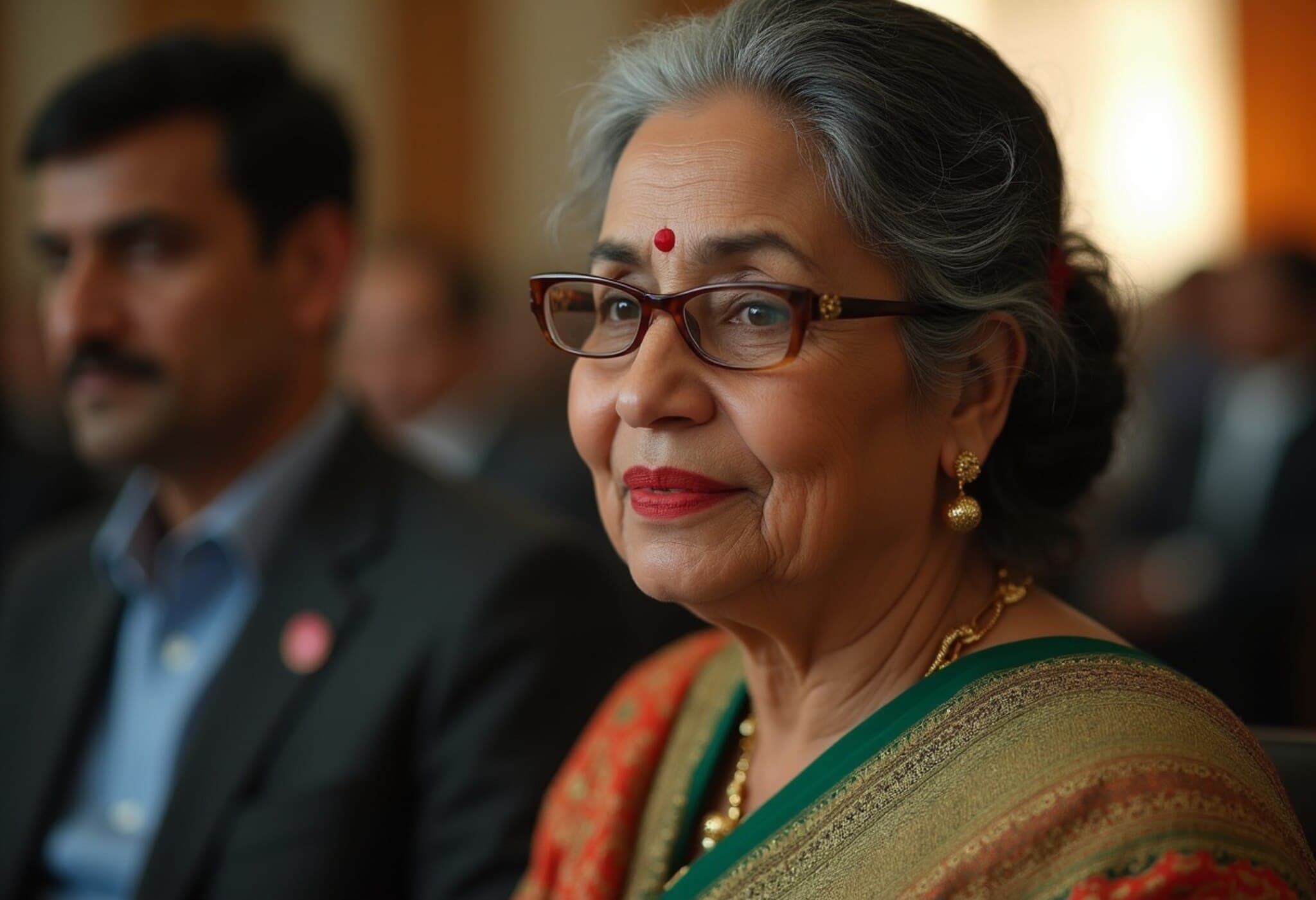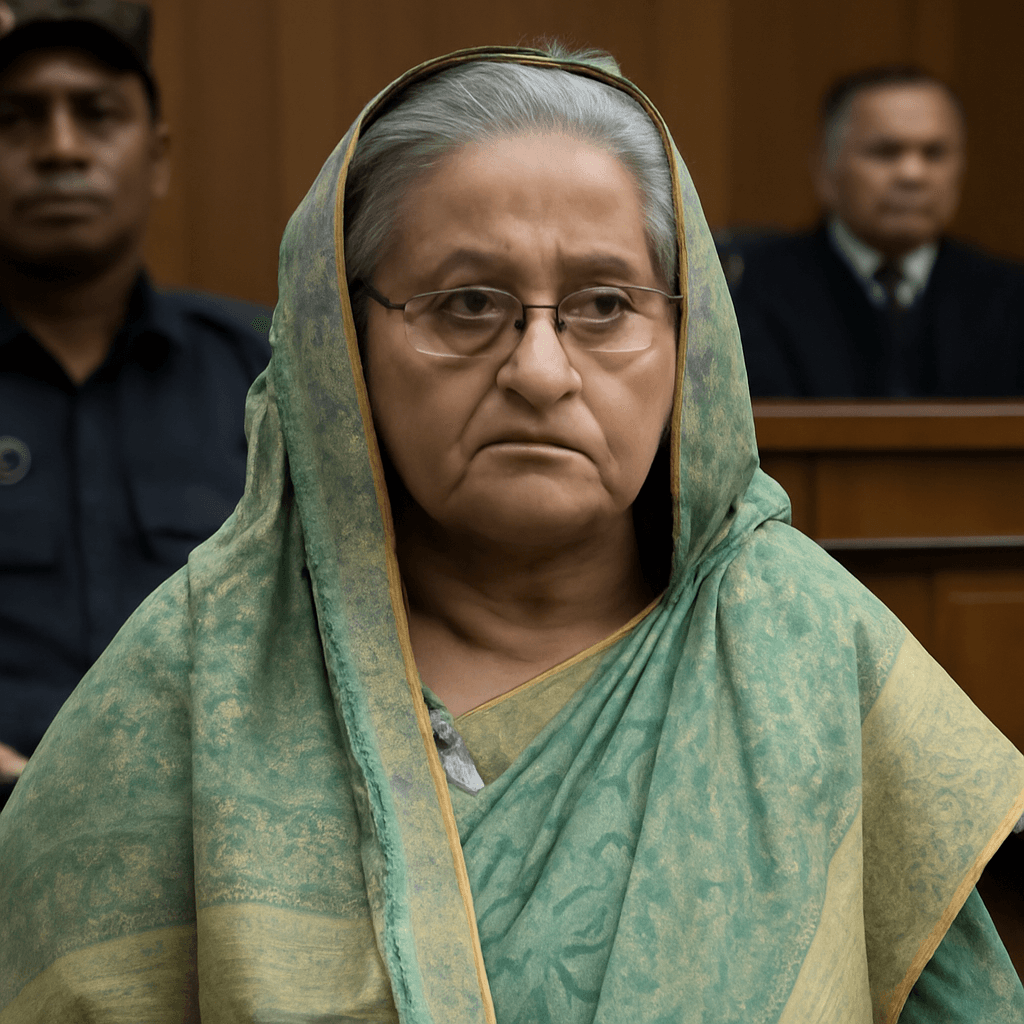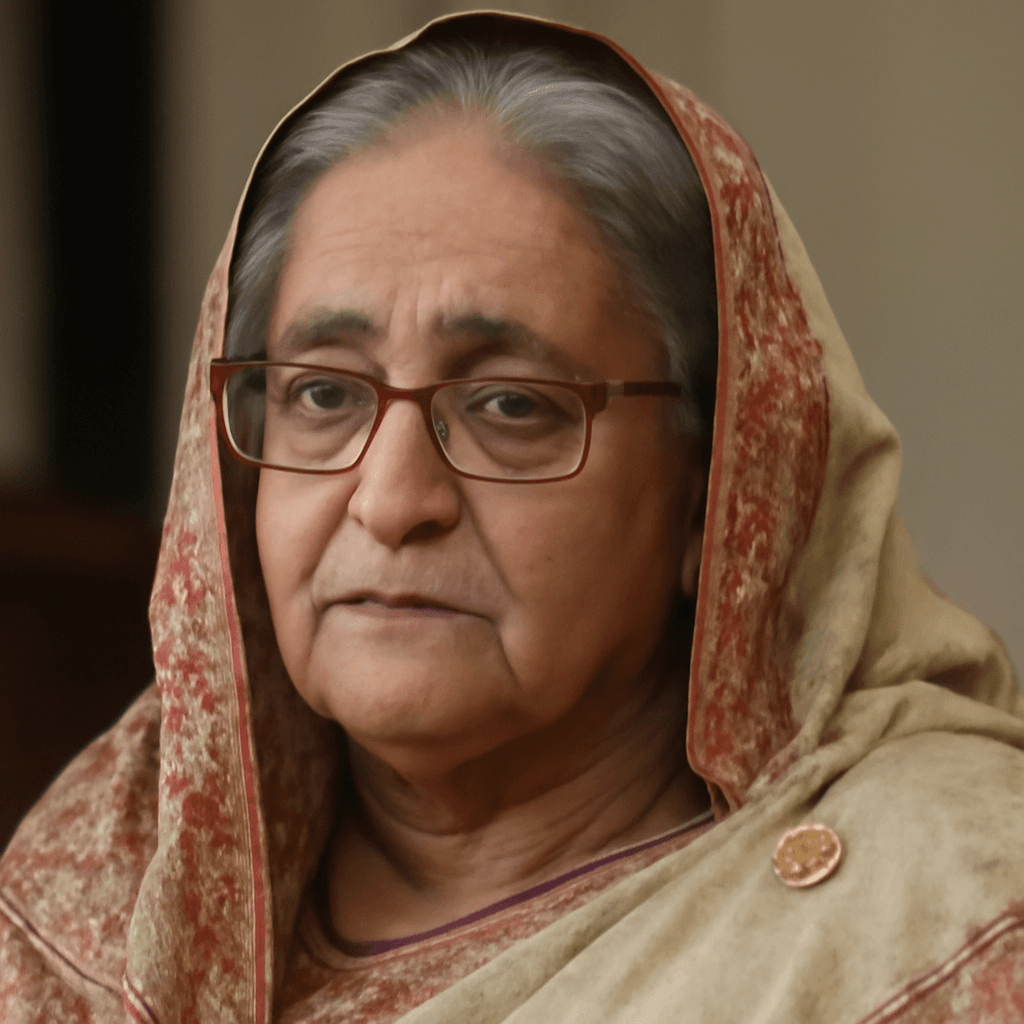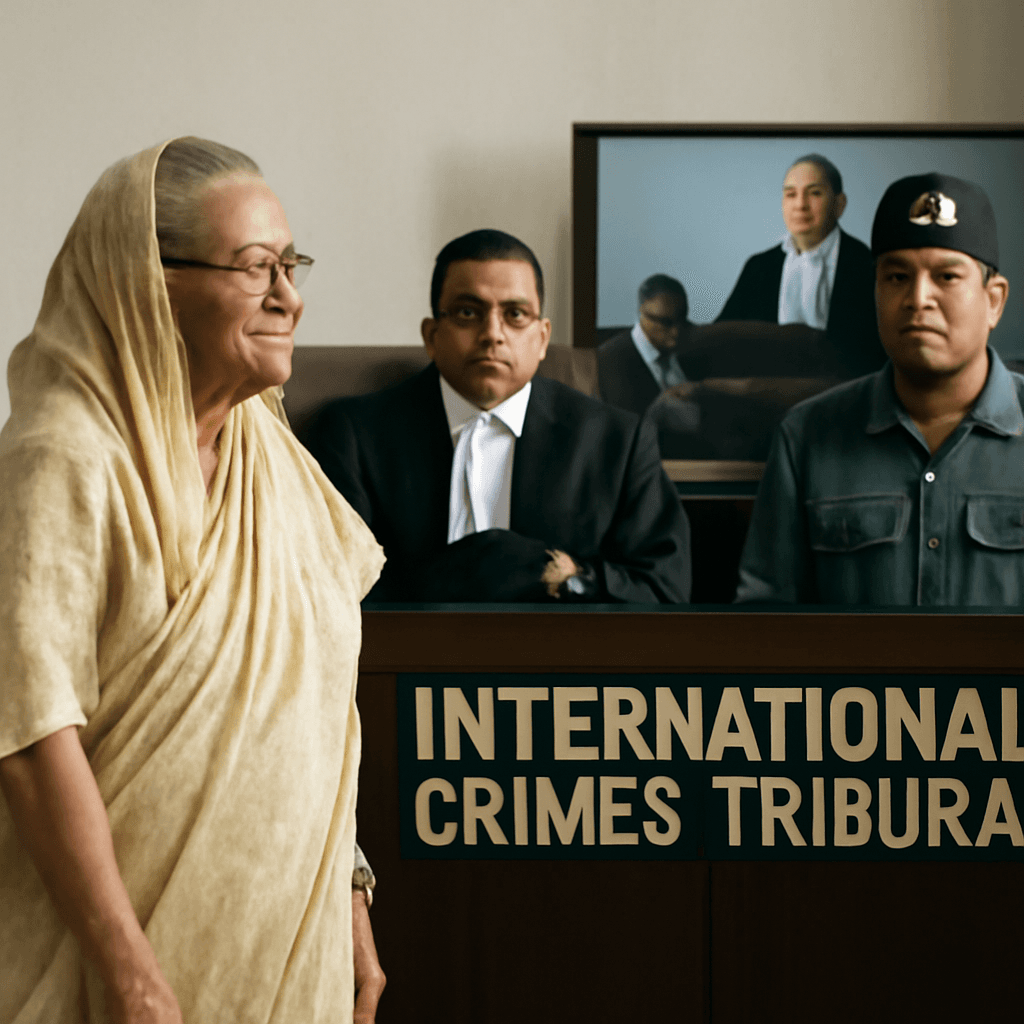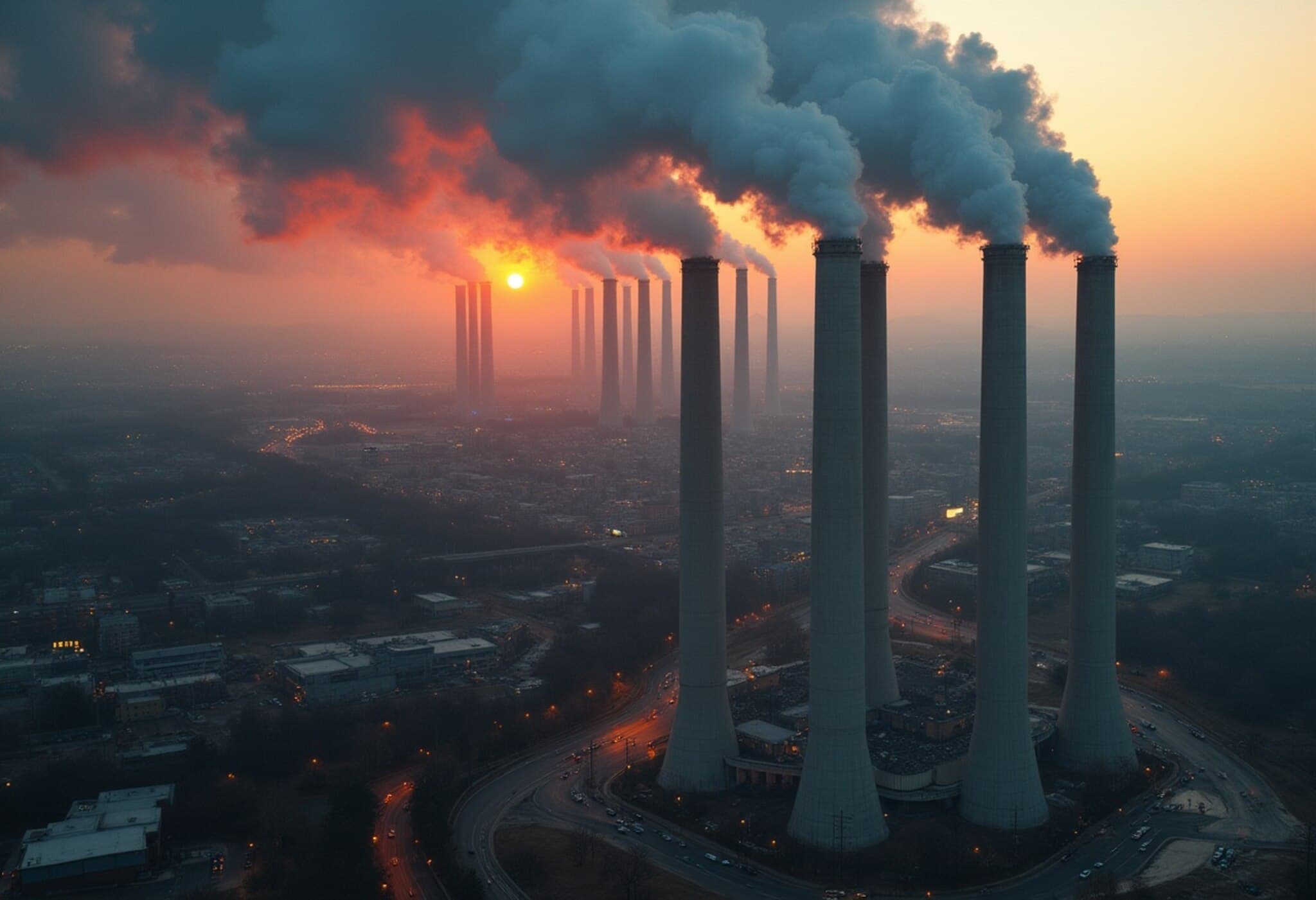Violent Confrontation in Gopalganj: Background and Recent Developments
On July 16, 2025, Bangladesh’s Gopalganj district witnessed a tragic escalation of political violence, leading to the deaths of at least four individuals and raising deep concerns about the nation's fragile political landscape. The confrontation unfolded between supporters of former Prime Minister Sheikh Hasina's Awami League and students rallying under the newly formed National Citizen Party (NCP), a group emerging from the recent uprising against Hasina’s leadership.
The Spark: A Rally Announcement and Road Blockades
Tensions escalated after the NCP announced a political rally in Gopalganj, widely perceived as a symbolic challenge to Hasina’s political influence in her home district. In response, Awami League activists took to the streets, strategically blocking key routes including the Gopalganj–Tekerhat road by felling trees and arming themselves with sticks and other local weapons. Amidst the chaos, they set fire to a government vehicle and destroyed another, signaling not only defiance but also deep-seated political grievances simmering beneath the surface.
Gopalganj’s Symbolic Weight
The district holds profound historical and emotional significance in Bangladesh’s political narrative. It is the resting place of Sheikh Mujibur Rahman, the nation's revered independence leader and Sheikh Hasina’s father, who was brutally assassinated along with most of his family during the 1975 military coup. This backdrop adds layers of complexity to the violence, as the area is often seen as a bastion of Awami League loyalty.
Security Response and Human Toll
Authorities swiftly imposed an overnight curfew to contain the unrest. Video footage broadcasted on national television revealed scenes of pro-Hasina activists clashing violently with police, wielding sticks and setting vehicles ablaze. As the NCP convoy—comprising about 20 vehicles—arrived to commemorate the uprising, fears of escalating violence were realized.
Local officials reported that the party leaders took refuge in the police chief’s office. Dramatic footage showed these leaders being escorted by soldiers to armored vehicles, eventually relocating them under heavy security to a neighboring district. Meanwhile, medical personnel confirmed that at least three bodies had been brought to a state hospital, with The Daily Star newspaper reporting a total of four deaths linked to the clashes.
Political Reactions and Rising Polarization
The interim government, led by Muhammad Yunus, condemned the attacks on students and vowed accountability, labeling the violence "utterly indefensible." Meanwhile, the banned Awami League issued a series of statements on social media accusing the interim authorities of orchestrating mob violence through the security apparatus against dissenting voices.
These developments underscore a widening political divide that threatens the possibility of peaceful reconciliation. Analysts warn that continued polarization could jeopardize Bangladesh’s fragile democratic transition, especially as the interim government pledges to stabilize the country ahead of planned elections in April 2026.
Contextualizing the Crisis: The Interim Government and Hasina’s Legal Battles
Since assuming power just days after Hasina was ousted and fled to India, Nobel Peace Prize laureate Muhammad Yunus has been under immense pressure to restore order while navigating a highly charged political environment. The government’s pursuit of Hasina on charges of crimes against humanity, along with formal extradition requests to India, adds further strain to bilateral relations and domestic stability.
Observers highlight the delicate balance between enforcing law and order and protecting democratic freedoms. The coming months will be critical in determining whether Bangladesh can move beyond entrenched conflict and build a foundation for peaceful governance.
Expert Insights: Unpacking the Consequences
From a policy perspective, the events in Gopalganj illustrate the perils of political factionalism in emerging democracies. Experts emphasize that excessive reliance on security forces to manage dissent risks deepening public mistrust and political alienation. Furthermore, the symbolism of Gopalganj intensifies the stakes, as political violence there reverberates nationally and internationally.
Economically, persistent instability threatens foreign investment and development initiatives crucial for Bangladesh's growth trajectory. Legal analysts also caution that politically motivated prosecutions may undermine the rule of law and international cooperation.
What Lies Ahead?
- Will the interim government successfully conduct free and fair elections in April 2026?
- Can political parties engage constructively to reduce polarization?
- What role will international actors, particularly India, play in stabilizing or complicating the situation?
Editor's Note
The violent clashes in Gopalganj are not merely a localized incident but a symptom of Bangladesh’s complex and volatile political transition. While immediate security concerns demand attention, the broader challenge lies in fostering dialogue, justice, and reconciliation. The interplay between history, symbolism, and contemporary politics creates a unique tapestry demanding nuanced understanding and proactive engagement from all stakeholders.
As Bangladesh navigates this critical juncture, the world watches closely, hopeful that democracy and peace will prevail amid the turmoil.

